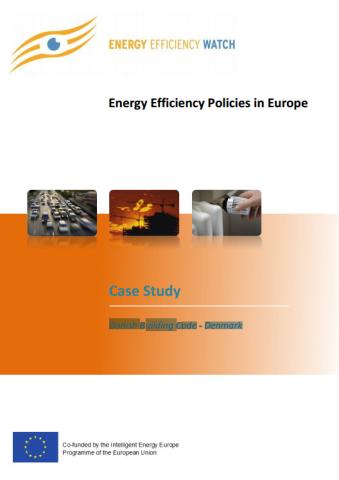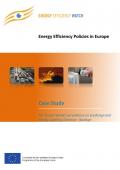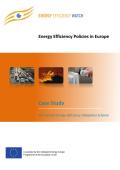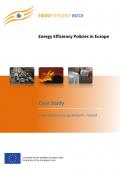
The overall target of the Danish government is to reduce total greenhouse gas emissions in Denmark by 40% by 2020 compared to 1990. Furthermore, Denmark aims to have an energy and transport system based on 100% renewable energy sources by 2050. Denmark has also introduced ambitious targets for new buildings. These targets are directly linked to the Danish Building Code and the future energy efficiency requirements “class 2015” (BR15) and “class 2020” (BR20). Energy efficiency standards for energy use of buildings were introduced in 1960; currently: BR10, BR15 will be effective from January 2016 – until July 2016 transition period (BR10 can still be applied). The achievement of this policy is the most ambitious and strictest minimum energy performance standards (MEPS) for new buildings among comparable countries in the European Union.
This research from the Energy Efficiency Watch 3 project informs on the progress of EU Member States with regards to energy efficiency policies. The core objective of EEW3 is to establish a constant feedback loop on the implementation of European and national energy efficiency policies and thus enable mutual learning on effective policy making across the EU. It compiles 28 country reports, provides strategic conclusions for more effective policies and presents 10 case studies of well-established policy packages and a Feedback Loop Report. It thereby intends to improve the implementation of European energy efficiency policies on the energy demand side.




